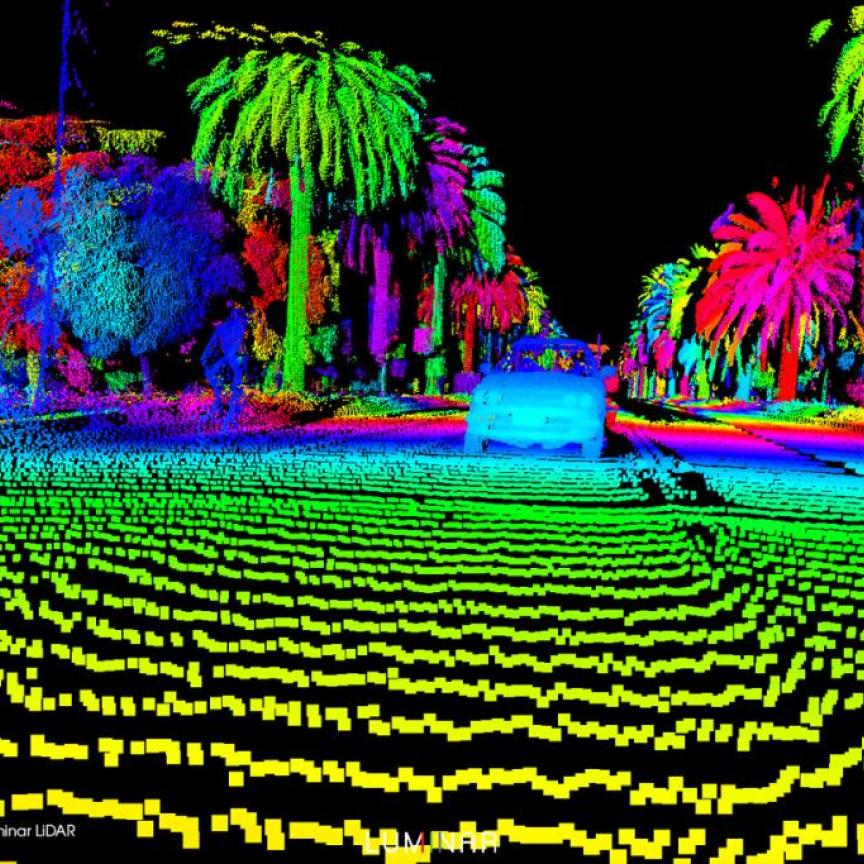Jessica Rowbury reports from a review of the US BRAIN initiative during Photonics West
The role of industry in research - and not just in development and commercialisation - is going to become exceedingly important for speeding up brain research, said Stanford University’s Mark Schnitzer during an event reviewing recent progress in President Obama’s BRAIN initiative.
More than 150 participants across academia, the US government and industry attended the panel which took place as part of Photonics West on 14 February.
The BRAIN (Brain Research through Advancing Innovative Neurotechnologies) initiative was set up in 2013 to help develop technologies to understand brain function better. It is hoped the programme will give researchers the tools to find new ways to treat, cure and even prevent brain disorders such as Alzheimer's disease.
Schnitzer spoke about what industry could bring to the BRAIN initiative with regards to research, pointing out a need for ‘promoting early collaboration between academic labs and potential partners in industry'. He said industry’s involvement in research is ‘an open topic for discussion that has the possibility of speeding the kind of brain research that we'd all like to see'.
Relatively little is known about the brain and neurodegenerative disorders place a huge cost burden on society, apart from being debilitating illnesses in themselves. Ned Talley, programme director with the US’ National Institutes of Health (NIH), told the audience: 'Chronic non-communicable diseases, such as neurogenerative and cardiovascular, are going to be in the 21st century what infectious diseases were in the 20th century.' Of this disease group, brain disorders will be the most 'disabling and costly', he added.
Schnitzer and Michael Lin from Johns Hopkins University described progress in mapping brain function, made possible thanks to advances in optics and photonics technologies such as sensors, lasers and imaging devices.
Schnitzer remarked that, for brain imaging technologies to be easily accessible for the neuroscience community, they first need to be commercialised, and that this needs to happen at a much faster pace if new techniques are to have a big impact on brain research. ‘Two-photon microscopes took around 15 to 20 years to penetrate deeply into the neuroscience and scientific community,' he said. 'I think we would probably all agree that... we hope that we can do a little better than one-and-a-half to two decades [for making available new technologies].'
Although Schnitzer spoke of a need for earlier collaborations, the funding injected into neuroscience in the last few years - not just by the US government, but by funding bodies across Europe and Asia - has led to more photonics companies moving into the neuroscience space. Spectra-Physics, Hamamatsu, Inscopix, Zeiss and Coherent all spoke of their collaborations with universities and research institutes as part of the BRAIN initiative.
Kunal Ghosh, CEO of Inscopix noted how industry-academia collaborations need to continue, and referred to the Genome Project to highlight the emerging market opportunities for neuroscience. ‘An entire industry sector was born out of the need to map the human genome. [Companies] such as Illumina built very successful businesses around the research community, catalysed research in the process, and of course now are starting to connect the research and the data to clinical applications,’ he said.
‘From an industry perspective, we might think that the markets are too small… but the markets will be built out as the field evolves,' Mohan added. 'Industry has a huge role in developing and disseminating technologies and doing what industry has done best in industry fields.'
The NIH and the National Photonics Institute have acted as major funding bodies for the initiative. Last year, the NIH spent $85 million to support 125 projects, Talley noted, and its budget is $150 million for 2015, the second year of what is hoped to be a 10-year programme. So far, he said, the initiative is receiving strong bipartisan support in Congress for funding.
The NPI Photonics Industry Neuroscience Group - a consortium of US industry leaders in optics and photonics, including Accumetra, Agilent, Applied Scientific Instrumentation, Coherent, Hamamatsu, Inscopix, Spectra-Physics and Thorlabs - previously announced that it is committing upwards of $30 million in existing and future research and development (R&D) spending to advance optics and photonics technology in support of the BRAIN Initiative.
Further information:

